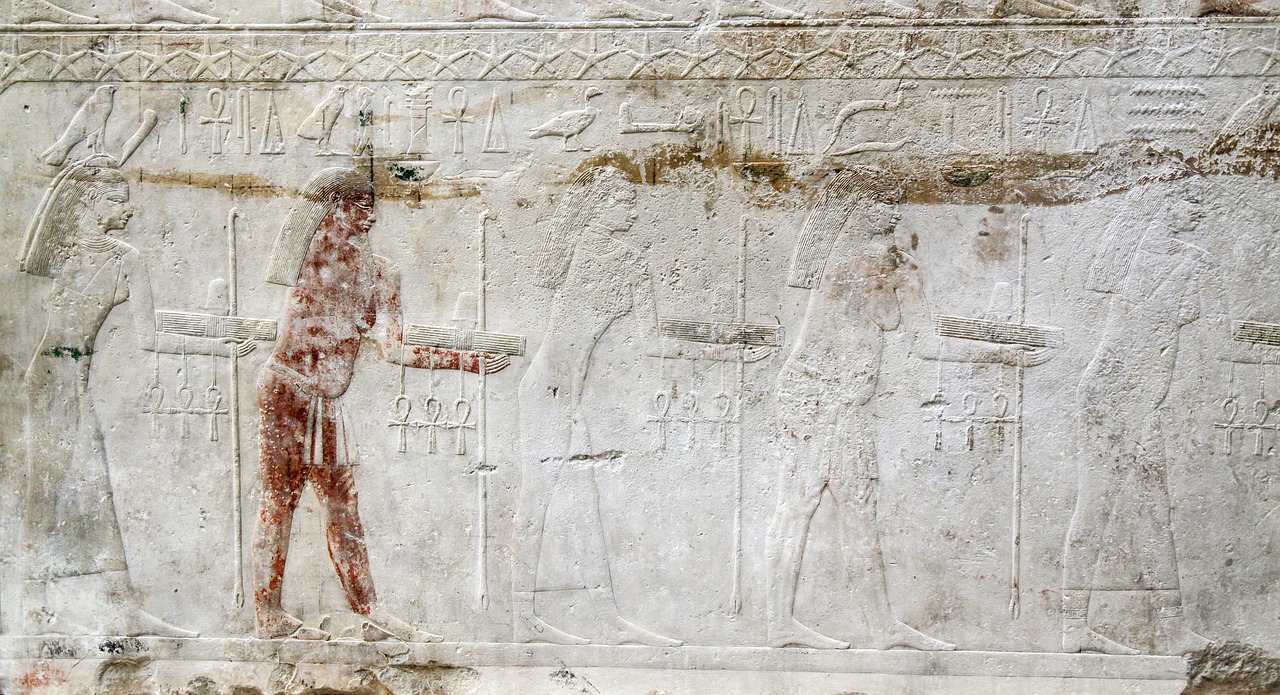Ancient Egyptian religion represents the deep-rooted spiritual practices and beliefs that persisted from prehistoric times through to the fading of traditional culture in the early centuries of the Common Era. It is crucial to understand that Egyptian religious practices were woven into the fabric of society starting from approximately 3000 BCE, reflecting a comprehensive system that transformed as the state evolved.
Nature and Significance of Ancient Egyptian Religion
The tenets of ancient Egyptian religion were not merely confined to rituals centered on deities or piety. They extended into multifaceted realms involving communication with the deceased, divination, oracles, and the usage of magic, all heavily intertwined with divine influences. Public religion revolved around two principal figures: the Pharaoh, who acted as an intermediary between the divine and human worlds, and the pantheon of gods, with their striking representations often depicted as beings with animal features or blended forms.
Prominent deities included the sun god, revered in various forms and associated with the supernatural cycle of day and night, and Osiris, esteemed as the god of the afterlife and ruler of the underworld. Osiris’s significance rose markedly during the 1st millennium BCE, particularly with the rise of his consort Isis, against a backdrop of declining solar worship.
Cosmological Views
The ancient Egyptians envisioned their universe as comprising the gods and the earthly realm, all anchored in Egypt, which was perceived as central in a cosmos encircled by chaos. The kings’ primary responsibility was to sustain divine favor, ultimately serving to uphold cosmic order against threatening chaos. This view, often deemed pessimistic, reflected a deeper connection with the sun god and the cyclical nature of life, which acted as a foundational justification for the roles of kings and elites in maintaining societal order.
Despite the seemingly grim outlook inherent in their cosmology, artistic representations etched in stone projected a more optimistic ambiance, depicting the sacred fellowship between kings and deities as a harmonious relationship. This established dynamic was critical as it reinforced societal decorum—specific guidelines dictating the portrayal of religious beliefs and practices in various contexts.
Rituals and Cultural Integration
Even though the accounts of popular religious practices remain limited, it is plausible that there was no stark divide between the elite’s beliefs and those of the general populace. Each group might have shared common values and customs, even if expressed in varied forms within the societal strata. Monuments and literature primarily reflect the views of kings and the elite, suggesting that our understanding of the broader populace’s spirituality is relatively incomplete.
The significance of temples, pyramids, and other grand structures cannot be undervalued; they served as focal points for religious interaction and spirituality, showcasing the relationship between the people, their rulers, and their gods.
In summary, ancient Egyptian religion was characterized by comprehensive beliefs and practices that deeply influenced every aspect of life. The integration of divine authority with human society is evident in the emphasis placed on divine favor, the sanctity of the afterlife, and the essentiality of maintaining a harmonious order within the universe.



